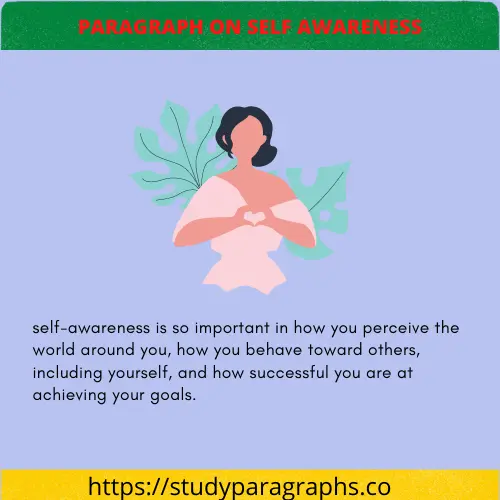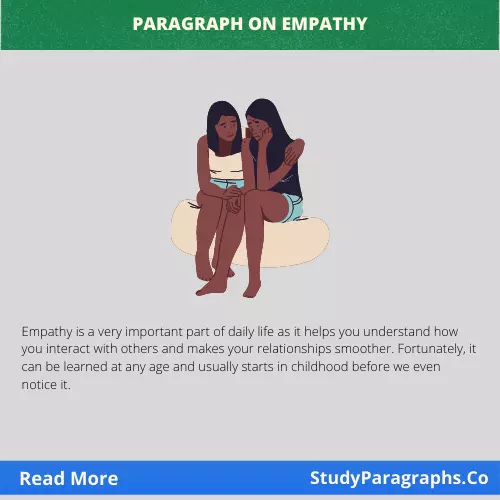Paragraph On Emotions And Feelings
Many people find it difficult to express their emotions and feelings. Even more, it can be hard to pinpoint why they feel a certain way. Sometimes people need help in these matters, as they might be experiencing depression or anxiety.
One technique that can be used is meditation – one of the most important skills for anyone who wants to become more self-aware.
Paragraph About Feeling & Emotions For Students
What are emotions
Emotions are feelings that arise in the mind when we perceive or experience a situation. They can reflect our thoughts, feelings, and intentions. There are six primary emotions: happiness, sadness, anger, fear, love, and disgust. Other emotions may also be experienced, including surprise, embarrassment, and guilt.
What is feeling
Emotions are a response to an event or situation. They are what make us feel something, such as happiness, sadness, anger, love, or fear. Emotions can be positive or negative, and they can vary in strength.
Feelings come in a variety of different types, including joy, sadness, contentment, enthusiasm, love, pride, and embarrassment. Each type of feeling has its own unique set of characteristics.
Some people may be more expressive than others when it comes to their emotions. Others may struggle to express their feelings openly. No matter how you feel about expressing your emotions, it’s important to know that you’re not alone. There are plenty of people who feel the same way as you do.
Management of emotions
People feel a variety of emotions, both positive and negative, every day. Managing emotions is important for both personal and professional success. Here are some tips for managing emotions:
1. Talk about your feelings. It can be helpful to talk about how you’re feeling with a trusted friend or family member. Talking about your feelings can help you process them and make decisions based on what you know.
2. Avoid using emotional words when communicating. Words like “mad,” “angry,” or “upset” can easily trigger negative emotions in others. Try using words like “disappointed,” “frustrated,” or “puzzled.” This will help you communicate more effectively without resorting to emotional language.
3. Take time for yourself. When you’re feeling overwhelmed by emotions, take some time for yourself to relax and calm down. This might involve spending time with friends or family, taking a walk outdoors, or listening to calming music. When you take the time for yourself, it will help you manage emotions better and stay ontrack in your day-to-day life.
Conclusion
When it comes to our emotions and feelings, we can often be pretty guarded. We don’t want others to see how we’re feeling or what we’re thinking, because we think that will make us look weak or vulnerable. But the truth is, showing emotion and feeling our feelings is one of the best ways to build strong relationships with others and to learn about ourselves. It’s also a key part of being able to cope with difficult situations and manage stress effectively.
So if you’re ever struggling emotionally or finding it hard to express your feelings, try talking to someone close to you about how you’re feeling. They may be able to give you some advice on how best to move forward.

Hello! Welcome to my Blog StudyParagraphs.co. My name is Angelina. I am a college professor. I love reading writing for kids students. This blog is full with valuable knowledge for all class students. Thank you for reading my articles.




